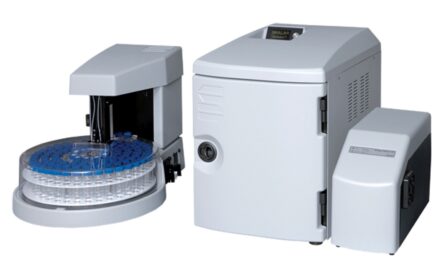Generative Design is a new approach to product design that uses algorithms and optimization techniques to automate the design process. Traditional product design relies on designers and engineers manually conceiving solutions and iterating them based on testing and simulations. In contrast, it uses goals and constraints defined by designers to allow algorithms and computers to generate thousands of potential design solutions on their own.
How Does it Work?
In generative design, the designer first defines the functional requirements and performance goals for a product along with any design constraints like material properties, manufacturing limitations, weight restrictions etc. This data is fed into generative design software which then runs complex optimization algorithms to automatically generate unique geometric designs. The algorithms analyze each design against the goals and constraints to determine how well it performs. Designs that don’t meet the criteria are eliminated and the best performing designs are kept and refined through additional iterations of the algorithm. This iterative process results in optimized Generative Design solutions tailored to the target requirements.
Benefits of Generative Design
Generative design offers several advantages over traditional manual design methods:
– Increased exploration of design space: Algorithms can evaluate thousands of unique designs in a short time, allowing designers to explore far more of the potential design space than manually possible. This leads to highly optimized solutions.
– Improved performance: Designs generated through algorithmic optimization directly target the specified performance goals, often achieving better results than human intuition alone. Structures can be lighter, products more durable or efficient.
– Time savings: Automated design generation can drastically reduce the time needed to iterate through multiple design concepts compared to building physical prototypes. This accelerates product development cycles.
– New opportunities: Generative techniques discover novel geometries that human designers may not think of. This enables the creation of innovative, patentable products with competitive advantages.
– Democratization of design: Generative tools make sophisticated optimization accessible even to those without extensive engineering experience, democratizing high-end design capabilities.
Generative Design in Various Industries
It is finding applications across many industries:
Aerospace: Plane and spacecraft components like wings, engines, frames are optimized for strength and lightweight using generative techniques to maximize performance and fuel efficiency.
Automotive: Car parts like seats, handles, mirror brackets are redesigned generatively for ergonomics, comfort and reduced manufacturing costs.
Industrial Equipment: It is helping optimize machinery components for tasks like material handling, reducing energy usage.
Consumer Products: Everyday items like furniture, appliances, electronics benefit from generative redesigns that improve appearance, usability and lower production expenses.
3D Printing: Generative tools help designers leverage the full capabilities of 3D printing by automatically generating optimized geometries tailored for additive manufacturing.
Biomedical: Implants, prosthetics and medical devices take advantage of generative optimization to fulfill rigorous human body fit, adaptability and durability needs.
Architecture: Generative techniques explore innovative structural solutions and material-efficient building designs well-suited for prefabricated construction.
The Future of Generative Design
As generative design software and computing power advance further, its applications and impact are expected to grow rapidly. Some future developments include:
– Integration with AI: Adding machine learning and neural networks will allow generative systems to autonomously improve designs over time based on usage data without human input.
– Multi-objective optimization: Advanced algorithms will optimize models against multiple, often conflicting goals like strength, weight, cost simultaneously rather than single objectives.
– On-demand customized products: Generative customization capabilities will enable mass-personalization with components optimized for individual user needs printed on demand.
– Complex geometries: More powerful computing will expand generative approaches to highly intricate designs like complex internal structures beyond simplistic outer shells.
– Online sharing platforms: Online generative marketplaces will make optimized component designs freely accessible to all for reuse, revision and manufacturing like stock design libraries.
As generative design evolves, it has the potential to transform manufacturing by automating and accelerating product innovation through algorithms. When widely adopted, it could boost economies by reducing costs while fulfilling demands for high performance, sustainability and mass-customization.
*Note:
1. Source: Coherent Market Insights, Public sources, Desk research
2. We have leveraged AI tools to mine information and compile it




